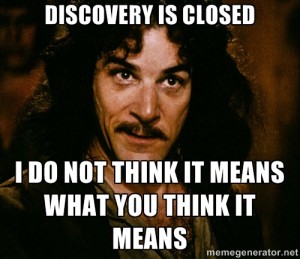The other night, your humble blogger had trouble sleeping. The world is full of so much injustice – insurers and employers everywhere are exploited and abused by the very system they themselves fund, and yet there is only so much a humble blogger such as myself can do, except to correct these wrongs one case at a time…
To calm my wretched nerves, I pulled an ancient tome from my shelf, the 1937 California Compensation Cases reporter, and came upon an interesting case stemming from a 1936 incident in which fatal coffee was most certainly involved.
The applicant, the widow of deceased employee Oliver Gunderson, was awarded death benefits after her husband was tragically hit by a car while crossing the street.
On the way back from his duties from a pier at which he was to examine the extent of repairs needed for a pipeline, in his capacity as a pipefitter foreman, Mr. Gunderson and his subordinate deviated about five blocks off their return route to buy a pound of coffee. As it turns out, the employees brew and drink coffee while at work (shocking!) and were not forbidden to do so by their employer.
Just before getting into the employer’s car after buying the coffee, Mr. Gunderson saw another employee in a new car and proceeded to cross the street to speak with him, when the fatal car accident took place.
The award was based on the notion that the five-block deviation was a minor detour, and not an abandonment of the entire mission or purpose of employment, and that crossing the street was arising out of and in the course of employment, as the deceased could have expected to receive news or instructions from his employees. (The case is Union Oil Company of California v. Industrial Accident Commission of the State of California, 2 CCC 30 (1937), writ denied).
Now, it is entirely possible that back in the day, circa 1937, coffee held some particular importance as an enshrined worker’s right, right next to dignity, a safe work place, and fair wages. Being a coffee addict myself I can’t help but be sympathetic, but the second part of the analysis is troubling. Crossing the street to examine a co-worker’s new car hardly gives rise to the likelihood that business was to be discussed, let alone a foreman receiving instructions.
Needless to say, this result did little to help your humble blogger sleep.

